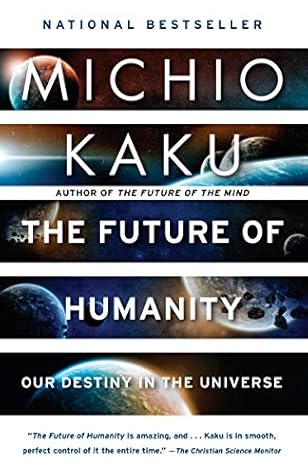Another clue to the cause of aging might be telomerase, which helps to regulate our biological clock.
Another clue to the cause of aging might be telomerase, which helps to regulate our biological clock. Every time a cell divides, the tips of the chromosomes, called telomeres, get a bit shorter. Eventually, after approximately fifty to sixty divisions, the telomeres become so short that they disappear and the chromosome begins to fall apart, so the cell enters a state of senescence and no longer functions correctly. Thus there is a limit to how many times a cell can divide, called the Hayflick limit. (I once interviewed Dr. Leonard Hayflick, who laughed when asked if the Hayflick limit can somehow be reversed to give us the cure for death. He was extremely skeptical. He realized that this biological limit was fundamental to the aging process, but its consequences are still being studied, and because aging is a complex biochemical process involving many different pathways, we are a long way from being able to alter that limit in humans.)
Nobel laureate Elizabeth Blackburn is more optimistic and says, “Every sign, including genetics, says there’s some causality [between telomeres] and the nasty things that happen with aging.” She notes that there is a direct link between shortened telomeres and certain diseases. For example, if you have shortened telomeres—if your telomeres are in the bottom third of the population in terms of length—then your risk of cardiovascular disease is 40 percent greater. “Telomere shortening,” she concludes, “seems to underlie the risks for the diseases that kill you…heart disease, diabetes, cancer, even Alzheimer’s.”
Recently, scientists have been experimenting with telomerase, the enzyme discovered by Blackburn and her colleagues that prevents the telomeres from shortening. It can, in some sense, “stop the clock.” When bathed in telomerase, skin cells can divide indefinitely, far beyond the Hayflick limit. I once interviewed Dr. Michael D. West, then of the Geron Corporation, who experiments with telomerase and claims that he can “immortalize” a skin cell in the lab so that it lives indefinitely. (This has added a new verb to the English language: “to immortalize.”) The skin cells in his lab can divide hundreds of times, not just fifty or sixty.
But it should be pointed out that telomerase has to be regulated very carefully, because cancer cells are also immortal and they use telomerase to attain that immortality. In fact, one of the things that separates cancer cells from normal ones is that they live forever and reproduce without limit, eventually creating the tumors that can kill you. So cancer may be an unwanted byproduct of using telomerase.


